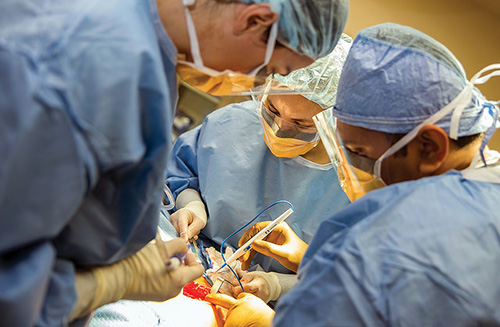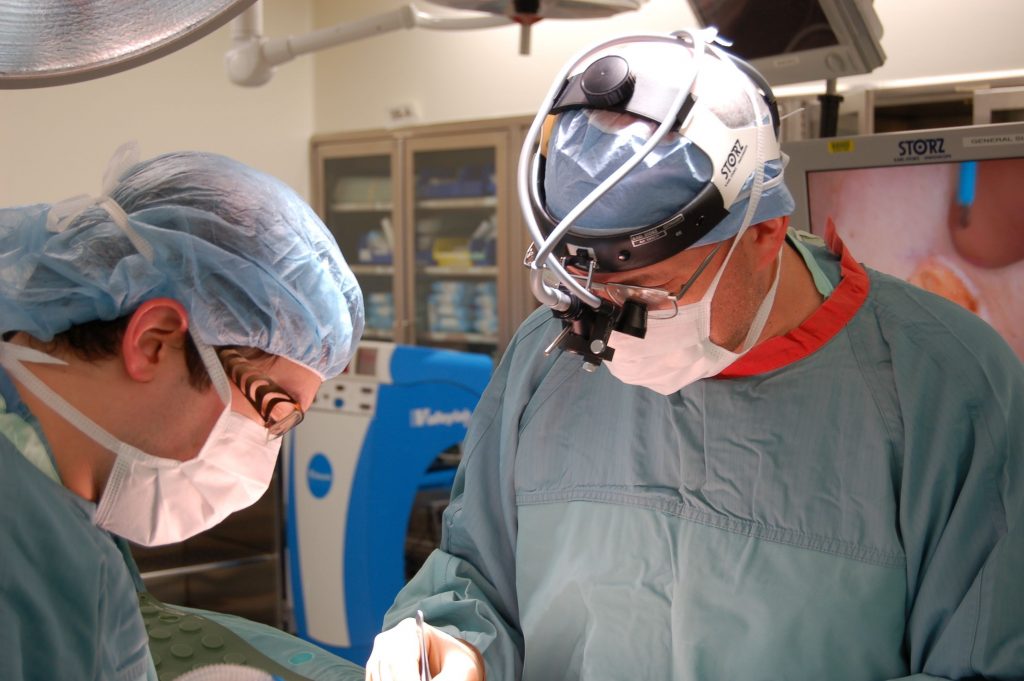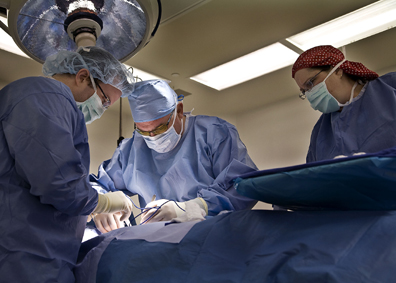Surgical oncology—a surgery that aims to manage cancerous tumours—remains the primary solution for treating cancer.
Your Singapore oncologist may use this cancer treatment method to achieve a number of goals—from diagnosing and completely eliminating cancer cells to relieving you from the symptoms that the disease causes. Cancer surgery may be the only treatment you need, or it could be performed in conjunction with other treatment methods, such as chemotherapy, radiation therapy, biological therapy, and hormone therapy.

Purpose of Surgical Oncology
Cancer surgery is used to achieve certain goals. Common reasons why your Singapore oncology consultants may suggest for a surgery include:
• Prevention. If you have higher risk of developing cancer, perhaps due to genetics or your kind of lifestyle, your doctor may recommend removing the tissues or organs (e.g. breast, cervix, and colon) that are prone to cancer.
• Diagnosis. For most types of cancer, a biopsy is the only way to be able to make a definite diagnosis. To diagnose cancer, the surgeon from http://www.harleystreet.sg/services/cancer/ in Singapore will perform either an incisional biopsy or an excisional biopsy. An incisional biopsy entails removal of a piece of the suspicious tissue, while an excisional biopsy removes the entire suspicious area, such as an abnormal mole or lump, for examination
• Staging. A cancer surgery is also performed to determine the size of the tumour and how much it has spread. The surgery for staging often includes removal of lymph nodes—which are tiny, bean-shaped organs that helps the body fight infections—near the cancer cells to see if the disease has spread there. Alongside the biopsy and results of imaging tests, this surgical treatment helps oncologists come up with a cancer treatment programme for your case.
• Removal of Tumour. One of the main reasons why your doctor may recommend a surgery is to remove cancer tumours and the surrounding tissues that has been infected, which is called ‘the margin.’ This may be the only treatment you need, or it may be combined with other treatment methods, which may be performed before or after the surgery.
• Debulking. If complete removal of the cancer tumour isn’t possible, perhaps because it can cause excessive damage to a certain part of the body, surgery is performed to remove as much of the cancer cells as possible. For this purpose, the surgery is often combined with other treatments, such as chemotherapy and radiation therapy, to shrink the remaining cancer cells.
• Relieve Symptoms. To relieve symptoms brought by cancer, a surgery can also be done, which is technically called palliative surgery. This surgery plays a crucial role in improving the quality of life for cancer patients with advanced cases. Palliative surgery can help relieve pain, stop bleeding caused by fragile tumours, insert feeding tube(s) that delivers food and medications into the patient’s body, and prevent brittle bones from breaking.

• Reconstruction of Body Parts. After a primary cancer surgery, a reconstructive surgery can be an option to restore the body’s appearance and/or function. This surgery can be performed right after the surgery for removing the tumour; or it may be done later after the patient has healed from the previous surgery. One example of reconstructive surgery is breast reconstruction after a mastectomy.
Minimally Invasive Surgical Oncology
For the purposes mentioned above, major surgeries are required to get the procedure’s full efficacy. However, there are some situations that don’t require large incisions and extensive surgical processes. Here are some of examples of minimally invasive surgeries for treating cancer.
• Laser Surgery. If any suspicious tissues are detected early, the doctor can remove them by using only a high-intensity light. There’s no need for an incision since cancerous tissues that haven’t fully developed yet are still small enough to be eliminated with laser.
• Cryosurgery. Like laser surgery, any abnormal cells that haven’t yet developed into cancer cells can be removed with minimally invasive procedure, like Cryosurgery. During the treatment, your doctor uses liquid nitrogen to freeze and destroy suspicious tissue and cells.
• Endoscopy. In this procedure, the doctor inserts an endoscope, a thin flexible tube with light and camera on its tip, into an opening of your body (such as the mouth, vagina, or rectum) to get a view of your internal organs. As the procedure goes on, the doctor will get samples of any abnormal tissues inside your body for further examination.
• Microscopically-Controlled Surgery. Your dermatologist shaves off a very thin layer of your skin with skin cancer, one layer at a time, until the layer with cancer is completely eliminated and all cells in your skin’s topmost layer appear normal when viewed from a microscope.
• Laparoscopic Surgery. This modern surgical technique only requires small incisions (usually 0.5 to 1.5 cm) somewhere in the body, where it is closest to the abnormal tissue, using a very thin, lighted tube with a camera.
Surgical oncology, whether invasive or minimally invasive, aims to physically remove the tumour and its surrounding tissues. However, depending on the case, a surgery is often combined with other treatments. To determine the type of surgery suited for you and know whether or not you need more treatment, talk to a certified oncologist Singapore. It is important to work only with the best oncologist in Singapore for dealing with such serious health cases and to ensure you’re getting the best care and treatment plan for your needs.





















